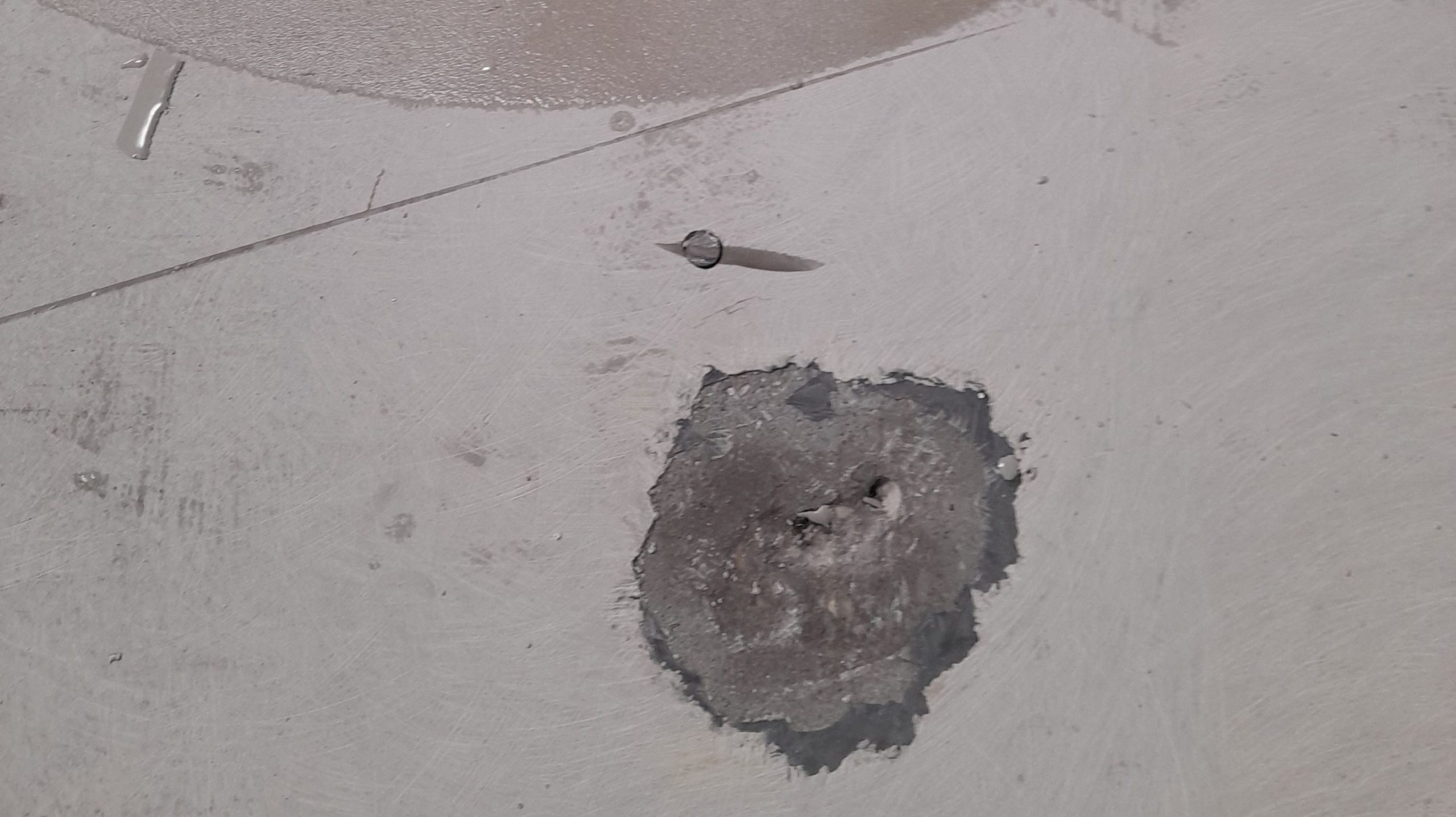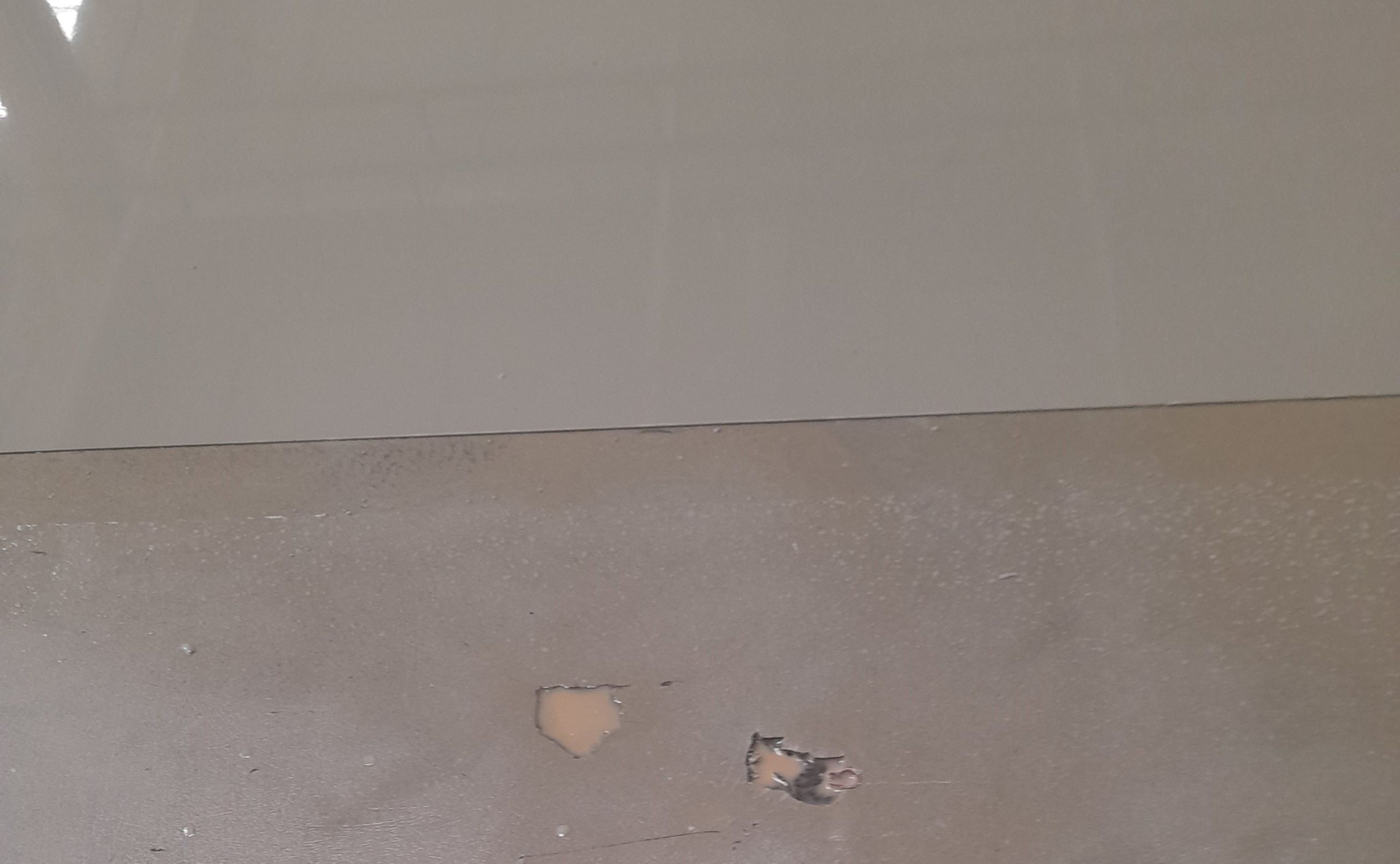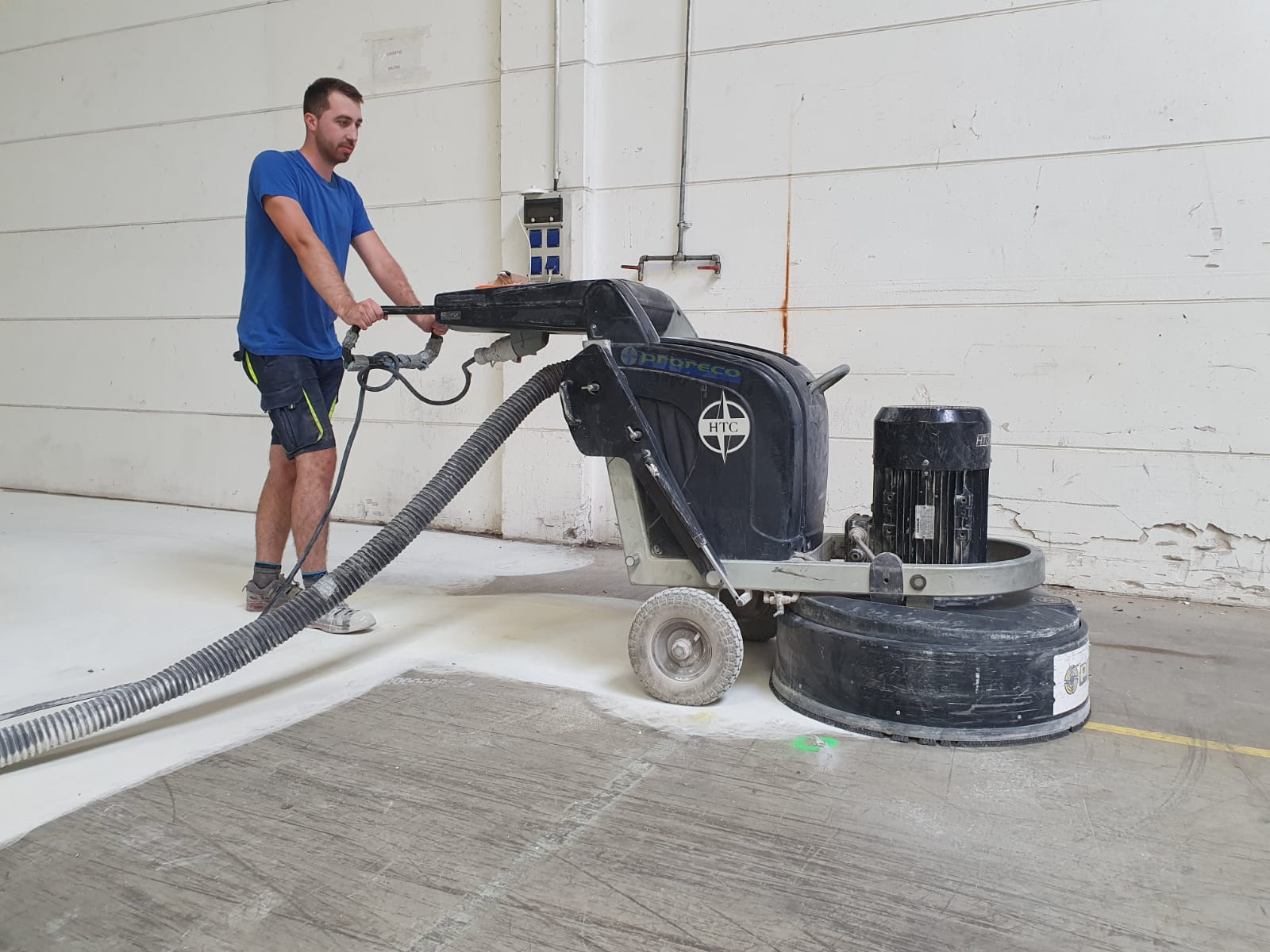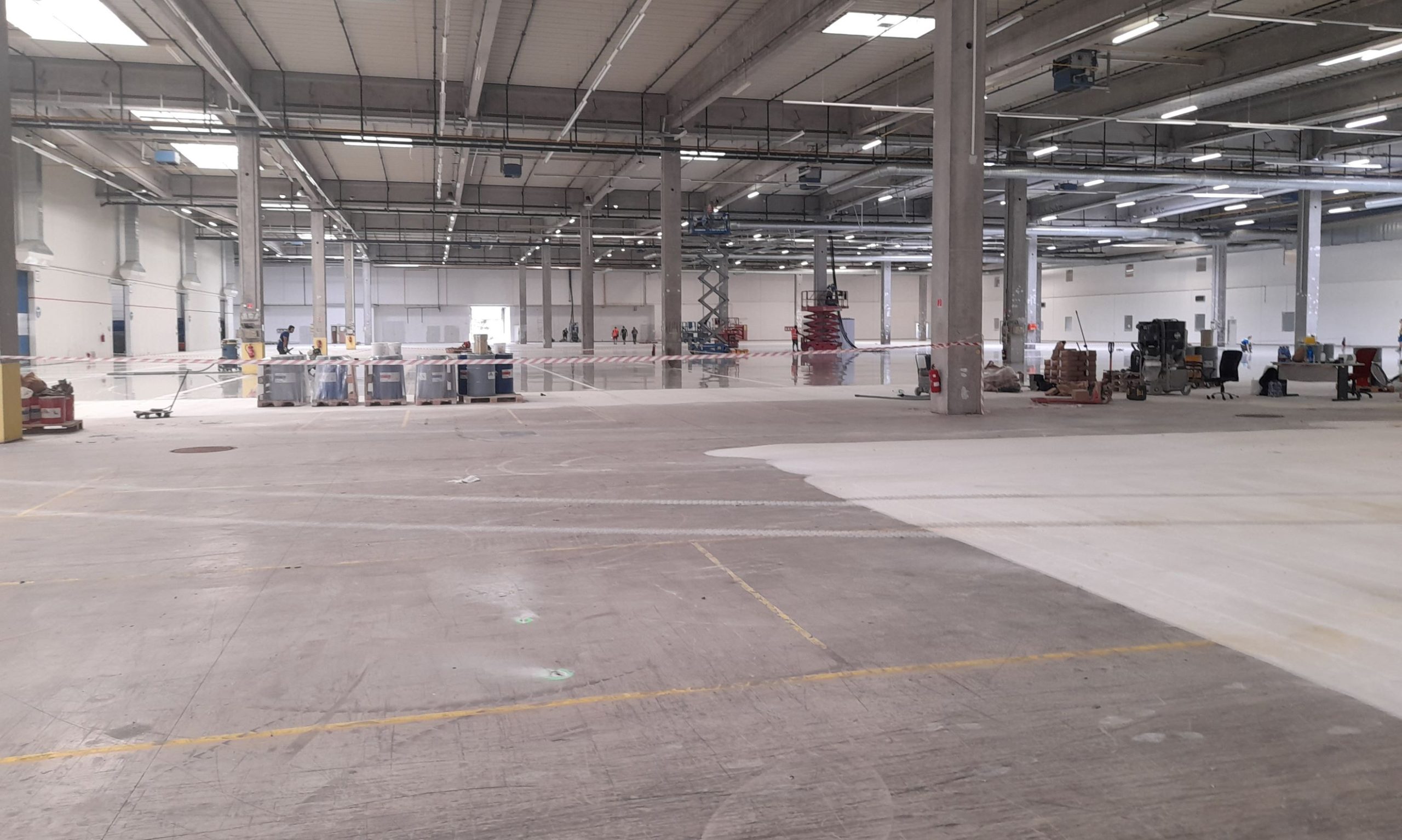In 2002, an Automotive Industrial Park was established near Lozorno. It was designed for the needs of the Bratislava car factory Volkswagen in the production of the Touareg model. But TIME IS ALSO REFLECTED IN FLOORING in industrial parks. RENOVATION can restore their shine and adapt them to the needs of other users.
From the beginning, the production of the Volkswagen Touareg was to be covered by subcontracting from Slovakia from at least 60 percent. Logistics and the philosophy of automotive production say that subcontractors should be located close to the customer. Lozorno was therefore an adequate choice – it has a reasonable distance from the factory and gives a chance for low transport costs. This choice is directly related to the term “Just in Time“.
Just in time
Just in Time (JIT) is a term used to describe both the management method and the philosophy of production. It organizes logistics flows in such ways that the transport and storage costs of manufacturers are minimized. The author of the JIT concept is the Japanese carmaker Toyota – the foundations of JIT were laid as early as 1926, but the greatest expansion did not occur until the 1980s in Japan and the USA. It developed in our country after 2000 in connection with the development of automotive production. Translated into comprehensible language it means, among other things, that each delivery of components appears on the spot when it is needed in the production process and is immediately included in it.
Which means:
- no stocks,
- no unnecessary manipulation,
- no work interruptions.
By the way, the JIT principle also appears in construction industry – especially in connection with the supply of prefabricated elements or even concrete.
From old to new
Part of the functioning of an industrial park is, of course, the occasional circulation of operations – some relocate to other areas, some to their own, others cease production or leave the industrial park for other reasons. The halls remain after them. However, they do not remain empty forever – sooner or later new place of business will start in them.
The floor of the hall just before the start of work shows signs of intensive use.
It is precisely in such a situation that Proreco entered the scene into the Automotive Industrial Park near Lozorno this year. Its task was to renovate, i.e., to restore the existing, visibly worn and in some places damaged floor. The biggest “wounds” remained here after the dismantling of the original production equipment. The goal was therefore clear: to make the worn floor new, in line with the requirements of the new operation.
Visiting during the renovation
At the time of our visit, the implementation was in full swing. In addition, in a condition that allowed us to understand the scope of work and the method of renovation. The original floor was epoxy and did not show signs of material defects, on the contrary, it confirmed the quality of popular epoxy floors. It was only evidently marked by a decade of intensive operation and drilled in many places – due to the installation of internal equipment structures of previous operators.
All stages of work in two pictures. Above: sanded old floor and punched hole before leveling.

Bottom: finished epoxy floor and penetration layer with poured holes.
The whole procedure started by cutting out the original various metal expansion screws, usually down to the base concrete. It was manual work on the entire surface of the hall with the use of an angle grinder, and a hammer and a chisel were also used in the necessary places. On an area of almost 11,000 square meters, we are talking about thousands of screws. “There were definitely at least 3,000 of those repaired spots, when converted to the total floor area, it is 3.5 to 4 holes per square meter of the hall,” confirms the accompanying technician, Mr. Cyprian.
This was followed by cleaning the punched holes, which were then cast to the original height level. It was poured with epoxy resin with a fine filler so that the damage was perfectly filled and did not become a source of possible floor defects.
 Sanding the old floor with HTC machines.
Sanding the old floor with HTC machines.
The original epoxy floor must always be sanded in such a way as to remove any operational irregularities, but especially foreign substances – for example, smudges caused by tires of mechanisms, lines painted on the old floor, possible stains of chemical origin and the like. Sanding also ensures better adhesion of the penetration to the original floor. HTC machines are used for sanding.
After cleaning the sanded old floor, the application of a penetrating epoxy layer follows, which serves as an adhesive bridge and to compensate for any unevenness. The surface treatment consists of epoxy resin applied by hand, similar to a self-leveling concrete – by pouring and rolling with a porcupine roller. The individual application units are finished with tape in place of the original expansion joints. After the epoxy has completely hardened, the expansion joints are cut at the exact location of the original ones.
The realization of the epoxy floor in the hall with an area of almost 11,000 square meters will take some time, so while at the end of the hall, the expansion screws are still being cut and the floor sanded, at the entrance the floor is already properly hardened. In this part, the next group of men assembles wiring and technologies for the new operation.
And so, in this hall, thanks to Proreco, everything works as it should: “Just in Time”.
 In the front part of the hall, at the entrance, installation work is already underway, in the back a classic flooring process is still in progress.
In the front part of the hall, at the entrance, installation work is already underway, in the back a classic flooring process is still in progress.
PROJECT FACTS:
Year of realization: 2021
Place of realization: Lozorno
Measurements of realized area: 11,000 m2
Type of floor treatment: renovation of a concrete industrial floor with poured epoxy resin
We write about industrial floors professionally and clearly.
